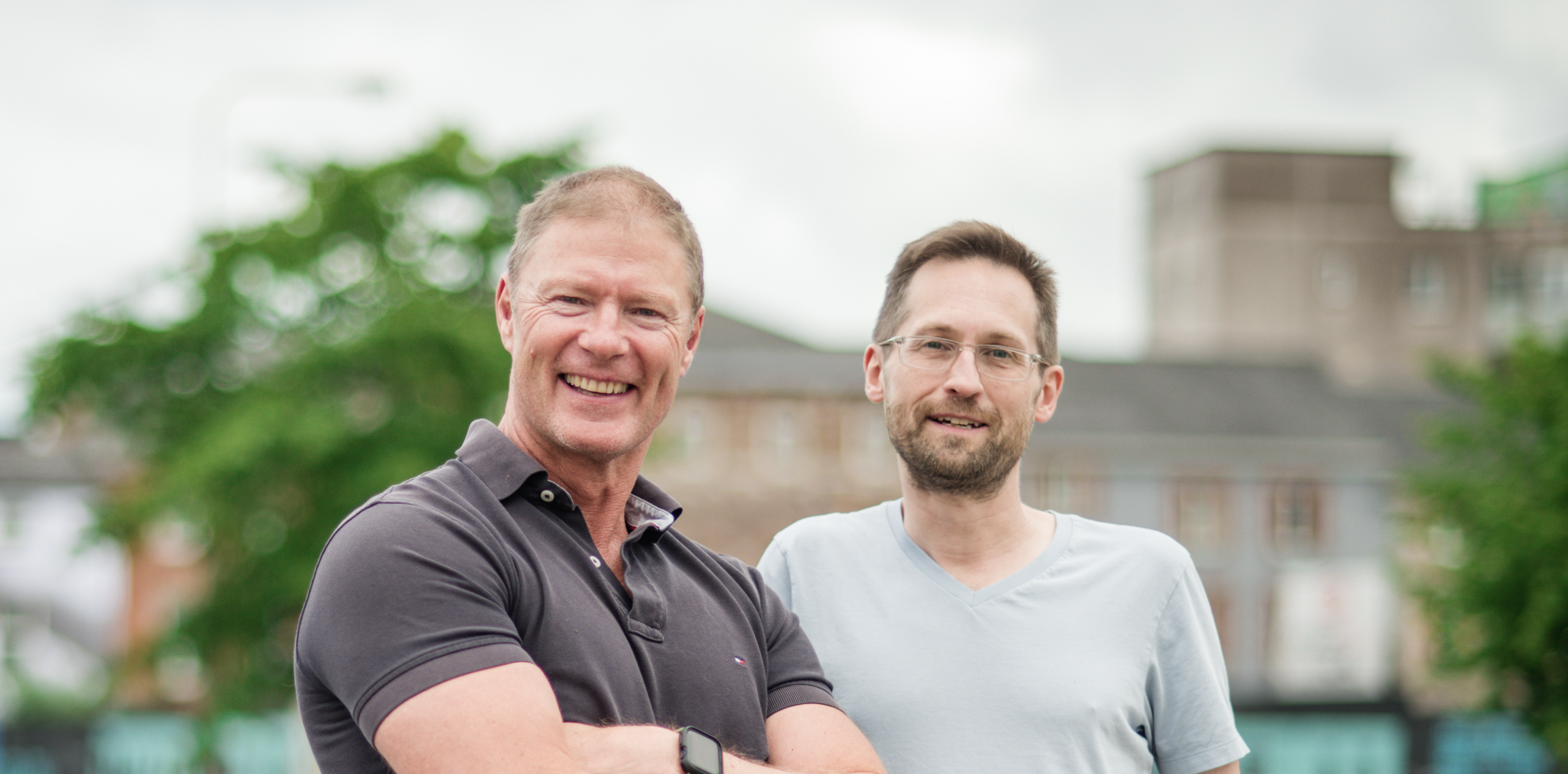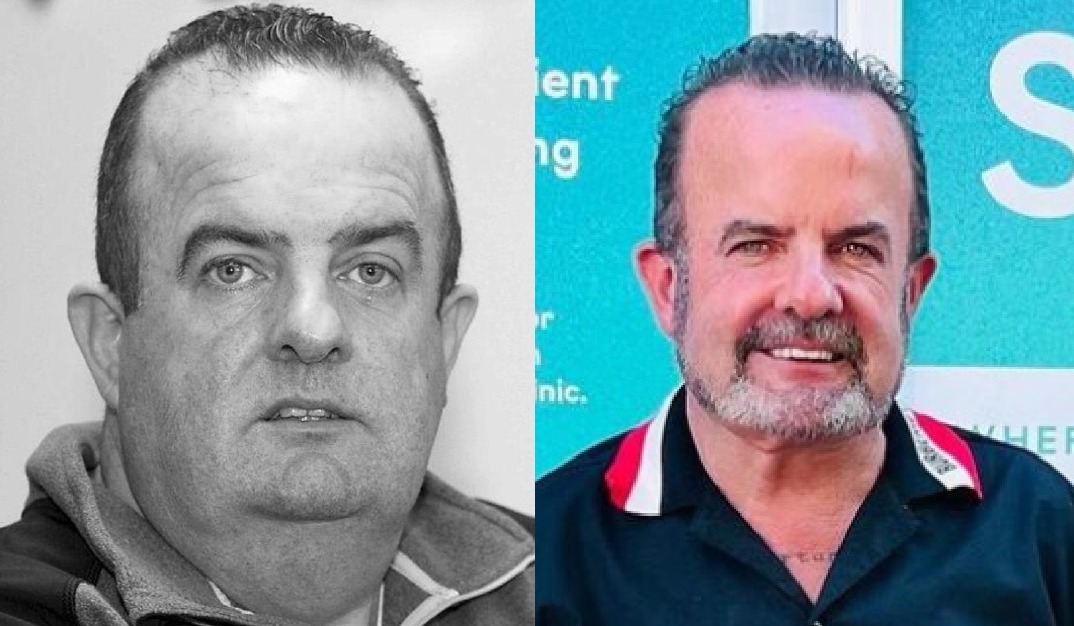
Limbo's CEO tells the story of how a personal journey turned into the ultimate “body hack” — a way to transform the entire human body into a much more positive and healthy shape and size, using technology.
My partner Pat Phelan and I were building a business together in New York, with all the stresses of startup life, and his health was suffering. Although he had quit drinking years before, he was smoking heavily and eating poorly, becoming very overweight and pre-diabetic.
After we sold the business, he was on the road 24-7 for a couple of years, making his health even worse. It reached a crisis point when, back in Ireland, enjoying spending time with his grandkids, he realised that he may not have many years left with them, and vowed to make a change.
A man transformed
Pat and I would chat often by phone, or in person , meeting for coffee in New York to bat around ideas and catch up. In one meeting in 2019, I was stunned when he walked through the door of the cafe looking like a totally different person: lighter, leaner, more energetic, and not sick!
“What the hell happened?” I asked him. He then told me a story that blew my mind. An old friend of his, Tony Martin, one of the top performance coaches in Ireland, had been working on a methodology to manage body weight and obesity using blood glucose since 1992.
In 6 months, as part of this programme, Pat had utterly transformed his weight, and turned around his health.

A family history
The implications were mind-blowing. I had never myself struggled with weight. However, like everyone, I knew of many who have and do struggle, and how painful it can be, not only from living through the stigma and the discomfort of obesity, but also from the pain of trying to escape from it.
When I was young I had a very thin grandma, a Dutch farm girl who moved to England just after WW2. I also had a quite overweight grandma, a posh English woman who loved gossip, bridge, smoking, and, most of all, eating.
The way she expressed love for her grandkids was spoiling us with delicious food and treats — roast beef and Yorkshire pudding, chocolate cake, trifle. She tried dieting a few times, but asking her to give up food was like asking her to give up life itself.
My Dutch grandma outlived her by around 15 years.
An idea takes shape
Seeing the near-miraculous transformation in Pat, and his new lease on life, I thought “What if we could do this for everyone, not just one person?” I started talking to Tony Martin, and making a plan that could turn this from an in-person, 1:1 programme in Cork, Ireland, into a digital service that anyone on earth could use to escape obesity.
Tony was not a “techie” — in fact, he was the exact opposite. The language of apps and platforms and APIs was as alien to him as physiology terms like gluconeogenesis and hyperinsulinemia were to me. So we set about bridging the gap.
What I learned was so exciting that it made my head spin. He had created a methodology which used a continuous glucose monitor (CGM) to keep track of a person’s fluctuating energy levels. It was the same tech as used by diabetics to prevent dangerous highs and lows, but applied to non-diabetics instead.

By managing blood glucose levels within a tight range, through dietary guidance and recommended exercise, Tony was able to adjust the way the body fuelled itself to prioritise burning fat.
He would not recognise the term, but as a techie, it struck me as the ultimate “body hack” — a way to transform the entire human body into a much more positive and healthy shape and size, using technology. If we deployed the right technology and could stream a person’s real-time biodata, we had the power to quickly and decisively fix a problem that is staggering in its proportions: a billion-plus people suffering from obesity, and healthcare systems on a fast track to collapse due to its cost.
That’s when Limbo was born.